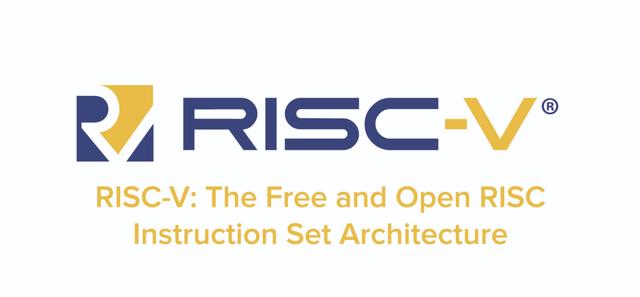Intel supports RISC-V by joining the RISC-V International Foundation as a Premium (Premium Member).

At the same time, it has set up a $1 billion IFS fund to support start-ups and established companies to innovate in the foundry ecosystem, a large portion of which is used for RISC-V.
IFS refers to Intel Foundry Services, the only isa architecture that supports x86, Arm and RISC-V.
Founded in 2015, RISC-V International is responsible for the development of the RISC-V ISA specification and related ecosystem, with more than 2,400 members worldwide.
Intel is becoming more and more obsessed with RISC-V
At present, the mainstream Arm architecture license fee is too high, and the x86 license is difficult to obtain.
With the advantages of open source, low energy consumption, modularity and simple instruction count, RISC-V has gradually emerged in the field of Internet of Things and AI, and has the potential to catch up with Arm and x86.
Last October, Intel launched the Nios V processor based on the RISC-V architecture.
Before that, Intel also wanted to spend $2 billion to acquire RISC-V chip design company SiFive.
This time, Intel and Intel Foundry Services IFS have partnered to set up a $1 billion fund that will prioritize investment in intellectual property (IP), software tools, innovative chip architectures, and advanced packaging technologies to help foundry customers quickly get their chip products to market.
Intel is also working with several companies to support chip design approaches to multiple instruction architectures, including Arm, x86, and RISC-V.
With the advent of advanced 3D packaging technology, chip architects are increasingly adopting a modular design approach: dividing complex semiconductor structures into "chiplets" one by one.
To truly harness the power of modular architecture, an open ecosystem is needed to bring together design IP and process technologies from multiple vendors.
IFS plans to build such an Open Chiplet Platform platform.
It will also work with other peers to develop an open standard for chip-to-chip interconnects, enabling high-speed communication between chips and enabling interoperable chips from different foundries and different processes to be packaged using multiple technologies.
In addition, Intel ISP will work with several leading RISC-V companies, including Andes, Esperanto, SiFive, and Ventana, to ensure that all core types of RISC-V architectures maintain optimal performance on Intel foundcing chips.
△ Intel CEO Pat Kissinger
ISPs will offer the following three products:
Partner products known using Intel foundry technology;
Risc-V cores licensed as different IPs;
RISC-V-based chiplet building blocks using advanced packaging technology and high-speed inter-chip interfaces.
Finally, there is a view that at the time of Nvidia's failed acquisition of Arm, Intel's vigorous embrace of RISC-V is a perfect opportunity.
Today's major initiative is likely to affect the pattern of the processor market, but it will take several years to test.
For manufacturers, including competitors, the question of "whether they will finally choose Intel foundry" may not have many alternative answers .
Because the wafer production capacity limits of TSMC and Samsung are likely to continue for a long time.